Human beings are creatures of habit; we seek out patterns, we search for comfort and contentment, we settle into routines. These aren’t necessarily bad features of our existence, but if your attention span is at all as truncated as mine can be then it’s likely that you find yourself actively looking for — and often enjoying — anything that’s a departure from the norm.
It’s part of the burden of creativity, I suppose. Sometimes you just can’t bear to keep doing the same old thing. So you go in search of something new. Even if you’ve already got a distinct “look” or “feel” to whatever you create, I suspect that it’s not uncommon for you to, at least occasionally, experiment with putting a different spin on your work.
So whether you’re driven to the brink of insanity by boredom with your own photography, or you’ve been looking to add a new element to your style, or you just want to have some fun with your photos, I’m confident that at least one of the following suggestions will cure whatever ails you.
How to Start Exploring Infrared Photography
Infrared photography is sort of like discovering a new world, or a different version of the world we’re so accustomed to seeing. The human eye can’t see the infrared (IR) range of the spectrum, but that doesn’t mean there’s nothing there.
Infrared photography lets us see this hidden world. If you want to try this out for yourself you’ll need to use a special IR filter which will present a number of challenges, not the least of which is a dark viewfinder (these filters block visible light). Or you can have your camera’s sensor modified so that it only shoots IR, with autofocus and through-the-lens metering still available. But you won’t be able to use an IR modified camera for “regular” photos anymore.
Finally, you can simulate the IR effect using software. Photoshop and Lightroom can do a pretty good job at approximating the look of IR photography, but it won’t be identical to a proper in-camera process.
To learn more, have a look at Bob Vishneski’s tutorial on IR photography.
Try This to Get Creative With Your Camera's Zoom Effect
Here’s a fun one that doesn’t require you to modify anything or use any kind of filter. All you need is a zoom lens. With your subject in focus, zoom in or out while taking the shot. It’s that simple. Of course, it helps to keep the camera as still as possible and you’ll get better results the smoother you zoom, but it’s a technique that can quickly and easily give you something to smile about.
Change Your Perspective to Get Better Photographs
Shooting at eye level is one of those things we do out of habit. Often, it gets us exactly the shot we want, but there are other perspectives from which to take a photo.
- Look up
- Look down
- Shoot from ground level
How Long Exposures Can Result in More Interesting Shots
“Long exposure” is, in this case, an admittedly open-ended term. How long your exposure will be exactly just depends on what you’re trying to achieve. You can use it to introduce motion blur or to create light trails or star trails or silky smooth waterfalls.
Why You Should Sometimes Introduce Noise and Grain to Your Photographs
While some may argue about the technical differences between film grain and digital noise, the more important thing to know — from a creative standpoint — is that noise isn’t always unpleasant and can enhance the mood of a shot, especially in black and white. It’s all a matter of personal taste, of course, but you might want to see how you like intentionally introducing some noticeable grain to your images.
Getting Creative With Multiple Exposures
Once a process easily invoked by film photographers, the process of recording two different exposures on the same frame isn’t totally dead in the digital era. Many Nikon and Pentax DSLRs (along with a couple of Canon models) have the ability to do in-camera multiple exposures. But you might have more control and get better results using Photoshop layers. A basic tutorial can be found here.
Try Alternative Focus
It’s just the politically correct way of saying, “That’s totally out of focus but it looks awesome!”
It really does…if you do it right.
Go get creative, everybody!
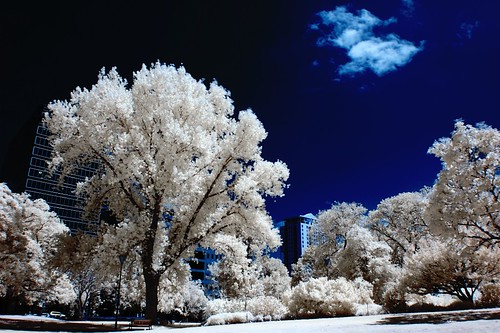
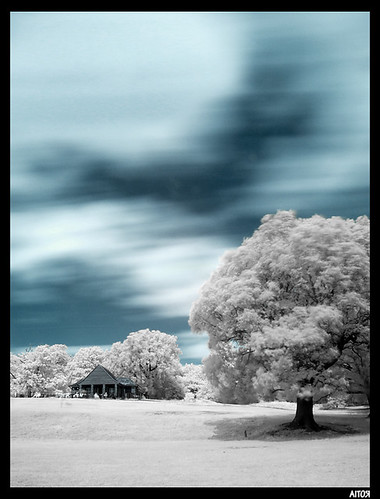

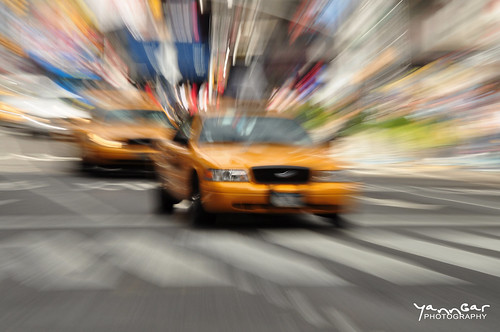
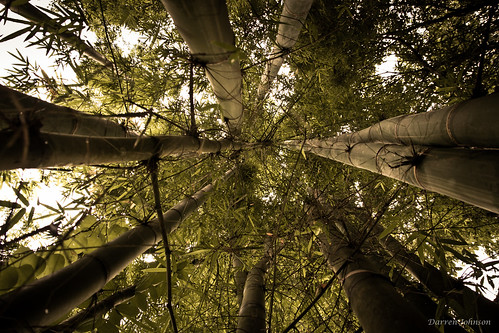

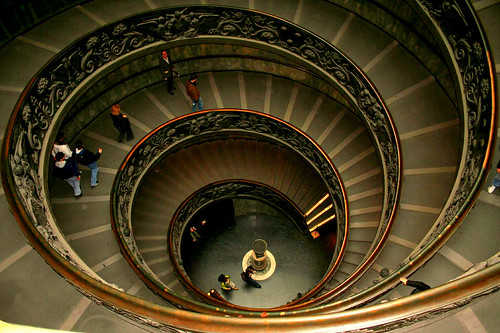
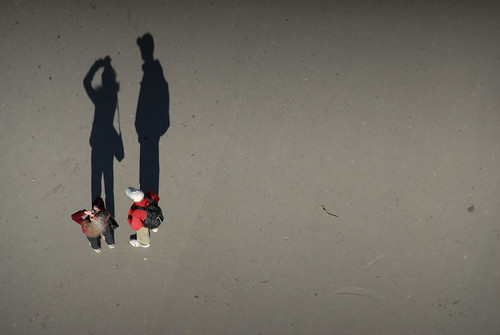
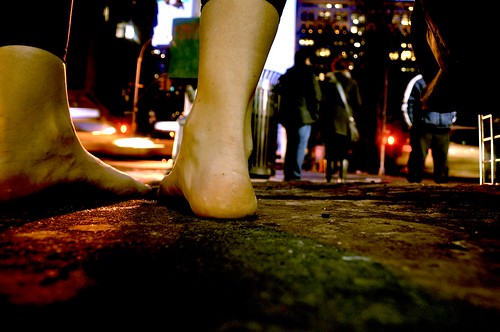
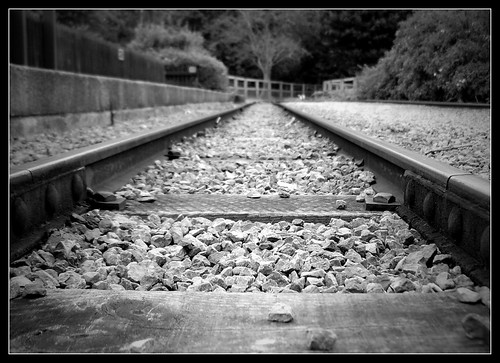
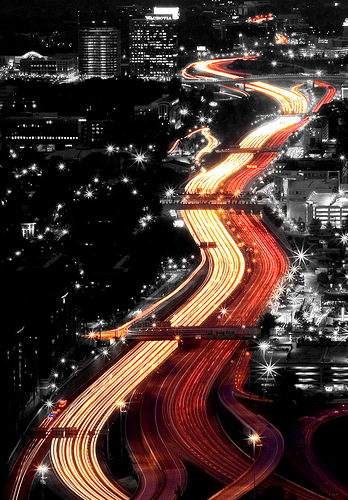
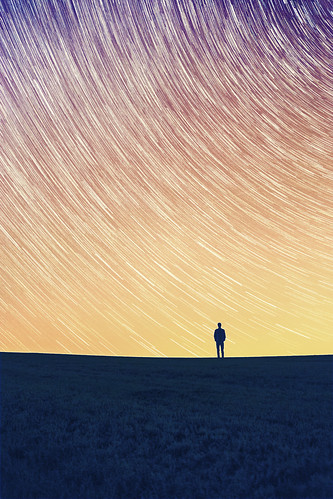


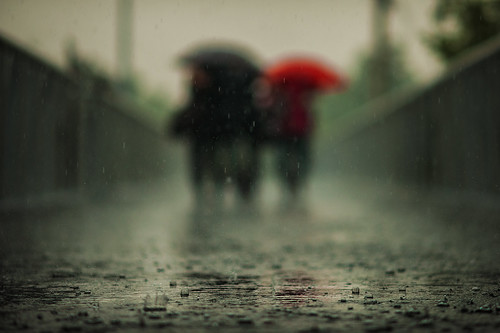
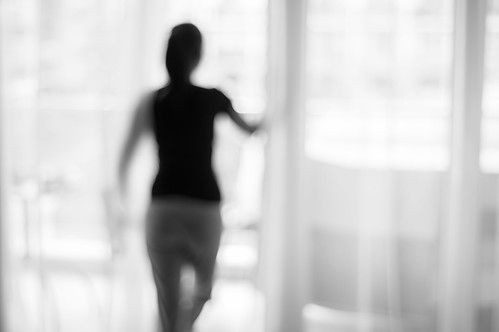



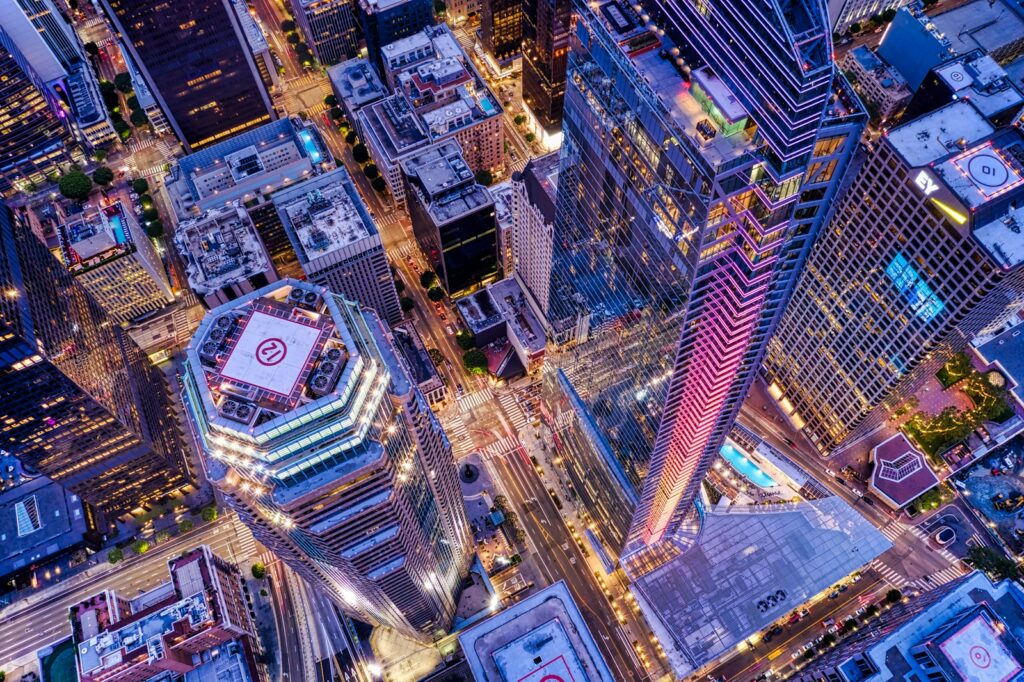
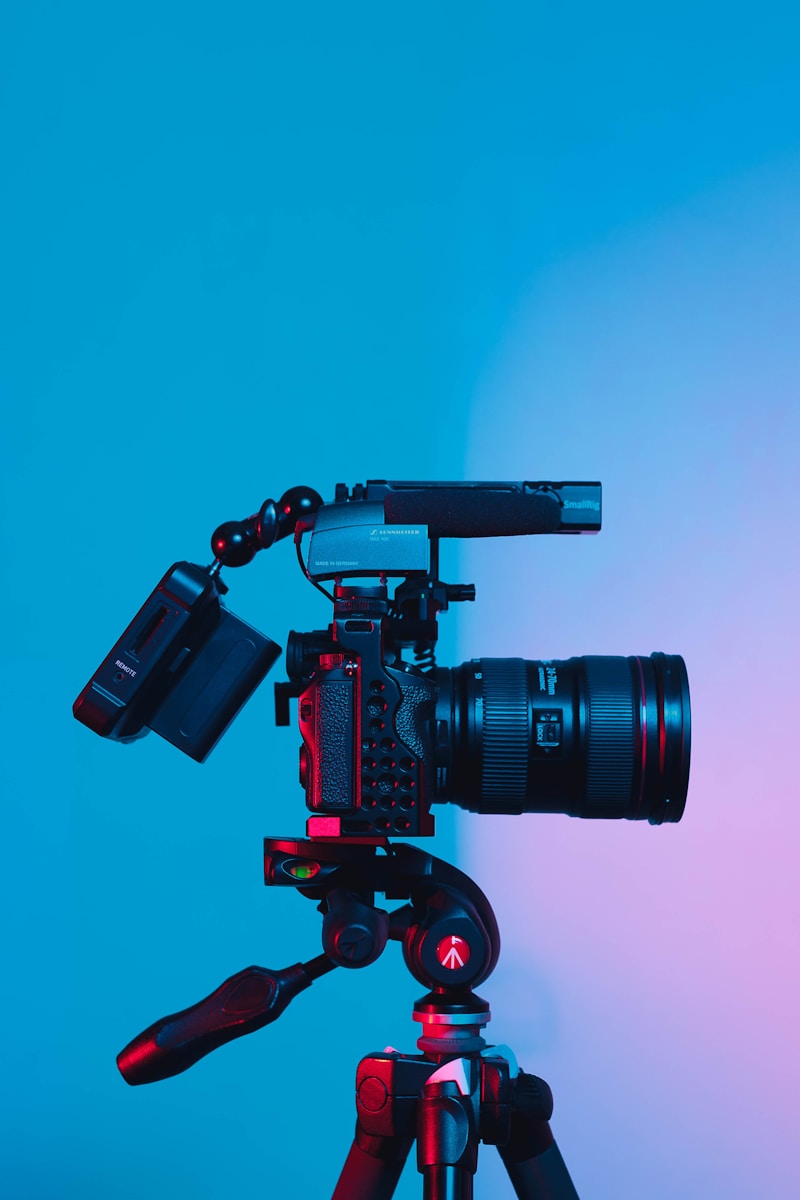
6 Comments
I’m bookmarking this for blog ideas.
Some great ideas, thanks for the tips! I really like the zoom effect one and often try to play with my focal points.
Awesome and mind blowing ideas. creative art.
That light trail from the highway is one of the best traffic light trails I’ve ever seen!
The man on the hill is an amazing picture to me. Is that an actual one shot image or a composition of several?
The blurred read umbrella is an amazing photo, very creative!